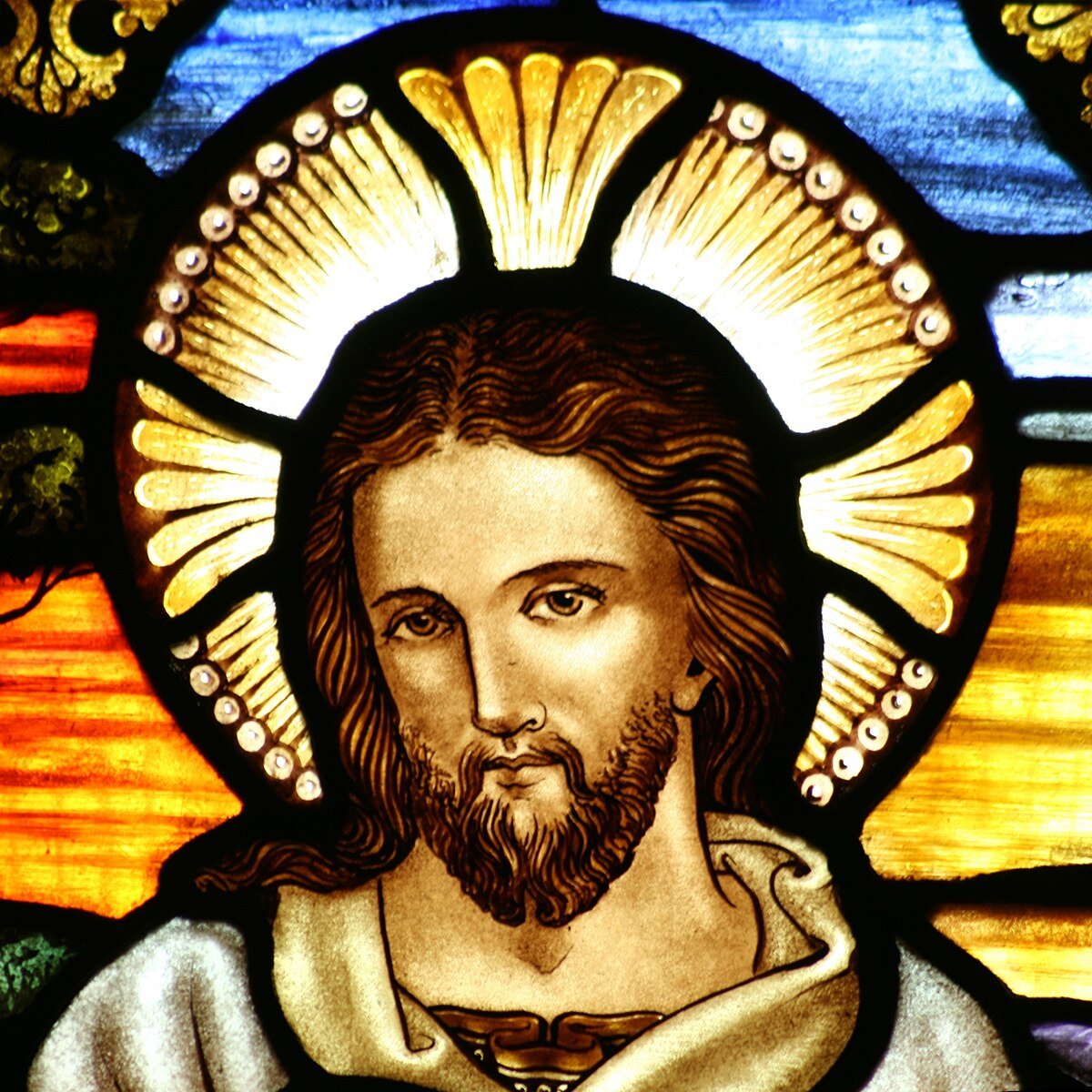A Progressive Christian Perspective on Salvation and Gender
This essay comes from a progressive Christian viewpoint that seeks to further humanity by encouraging collaboration across various worldviews. The aim is not to claim that faith is inherently superior to atheism or that Christianity is the only valid belief system, but rather to advocate for a more just, inclusive, and peaceful society. In this vision, even those who identify as atheists are appreciated when they embody kindness.
Challenging Traditional Images of Christ
In a powerful reinterpretation of sacred imagery, a sculpture by Edwina Sandys reimagines Christ on the cross as a suffering woman. Originally unveiled in 1984 at a prominent New York cathedral, this portrayal sparked intense debate. Critics argued that Jesus, as historically presented, had to be male, claiming that altering this image risked subverting the very nature of salvation. Some church leaders felt that modifying the traditional representation of Christ undermined the established order, essentially suggesting that salvation depended on a male Messiah.
However, many welcomed this fresh perspective, questioning whether Jesus’s effectiveness as a savior was inherently tied to his gender. For some, his masculinity was essential, while others believed it was an incidental aspect of a divine figure, or perhaps even a concession to past societal biases. This discussion opened the door to broader questions: Could Jesus have been female or nonbinary, and would his message have resonated differently today?

The Uncontainable Nature of Jesus
Fundamental to the Christian story is the question posed by Jesus himself: “Who do you say that I am?” Over two thousand years, countless interpretations have emerged in response. Councils and creeds have attempted to define his identity, sometimes enforcing these definitions in strict or even brutal ways. Still, Jesus continues to resist any single categorical capture, much like a subtle rebel always slipping out of imposed constraints.
While some historical portrayals have depicted him as a fierce judge or a tribal warrior, Jesus’s own words emphasize a message of hope and joy—a promise of abundant life intended to uplift and save. His reassurances to his disciples, urging them to “Take heart, it is I; do not be afraid,” invite believers to see his presence as a source of divine cheerfulness and reassurance amid life’s challenges.
Jesus: The Earthly Manifestation of the Divine Christ
The Trinity, with its three distinct yet united persons, continually sustains creation through a harmonious partnership. In this understanding, each person of the Trinity carries out a unique role: one Sustains, one Participates, and one Celebrates. Jesus is identified as the Participant—the one who enters our world and makes the divine tangible in our human experience. In doing so, he becomes the living embodiment of the mysterious presence known as the Christ.
This Trinitarian view upholds both the centrality of relational love and the importance of concrete experience. Jesus, recognized as Emmanuel or “God with us,” is understood as fully human while simultaneously fully divine. The writings of Paul underscore this mystery, presenting Jesus as the preexistent cosmic force through whom all of creation was brought into being and is continually upheld. In this account, Jesus is not merely a teacher or a prophet: he is the definitive expression of the Creator’s purpose for the universe.
Scriptural texts reinforce this view. An early passage describes Christ as the visible image of an invisible God—present not only in human history but interwoven with the very fabric of the cosmos. Jesus’s arrival is seen as the dawning of divine fulfillment, an event so profound that even inanimate creation is said to respond in joy. This cosmic participation invites all people to recognize the light of the divine within every corner of the universe, a theme that continues to inspire and challenge established interpretations.
Reimagining Salvation Through a New Lens
This reinterpretation of Jesus and the Christ calls on us to widen our vision of what salvation might mean. It challenges past assumptions—whether about gender or the rigid definitions of holiness—and invites a more inclusive understanding where divine grace transcends historical and cultural barriers. In this view, the presence of Christ is not confined to a specific image or form but is a dynamic, ever-present force that transforms all of creation.
Further Perspectives and Readings
- Priscilla Frank explores the evolution of this provocative sculpture and the broader implications of reimagining sacred figures.
- Richard Rohr provides insight into the concept of a Universal Christ, examining the potential for a transformed vision of reality and hope.
- Elisabeth Vasko delves into the aesthetic and theological dimensions of bodily representation in contemporary religious discourse.
This progressive interpretation invites us all to consider a broader, more inclusive understanding of salvation—one that listens deeply to the diverse voices of our time and celebrates the boundless creativity of the divine.

Rockin’ the faith, one verse at a time!
Growing up, the Bible’s stories deeply impacted me. Now, with over 15 years of preaching experience, I blend timeless teachings with modern technology, making them relevant for today’s world.
Bible Hub Verse is my platform to share historical insights and thought-provoking articles, exploring both familiar and uncommon Christian topics. My passion is building a welcoming online space for everyone to learn, grow in their faith, and discover the Bible’s enduring message.
Join the journey!
God bless you.





